There were many tribes in ancient India, particularly in the state of Rajasthan, who were characterized by the labor they performed. Block printers were one of the types. The many tribes in the area used to produce patterned garments. Each pattern, which had different designs, identified your occupation or the tribe to which you belonged. The patterned shirt or turban worn by a person could reveal if they were a farmer or metal worker.
The severe division of the tribes has gradually weakened, but what is left are a few tales told by the older generation that continue to preserve the techniques of the pattern and block printing.
Get the best hand-block printed bedsheet collection by earthan.
The Art of Block Printing has been a tradition and way of life for the artisans we engage with over the past four generations. The most recent generation is still trying to maintain the family trade by locating new markets and ways to stay in fashion. The only things that are still true are the rhythm of the wooden block on the table, the 20-year-old, 10-foot-deep indigo dye vat, and the will to carry on.
An old print method is hand-block printing craft with natural or vegetable colors. This kind of art has been practiced for a long time in India, peaking around the 12th century. Today, it is struggling to compete with the quick-paced world, but it is surviving thanks to those who still appreciate them. A hardwood square piece with an etched design is referred to as a "block." Block printing is the name of the art form in which this block is used to print on cloth. The fabric is then typically referred to as block print fabric. Block printing comes in a limited number of variations. The steps involved in block printing are outlined below.
- Carving These blocks are carved by master block carvers who have been doing this for many years. A chisel and wooden hammer are used to carve a pattern onto these blocks.

Get the best household linen collection carved using hand blocks.
-
Printing
There are a few other block printing methods, but the one used the most is called Dabu. Natural materials such as fuller's earth, gum, and a few more items are combined to create dabu, a mud repel. It is squeezed into a paste by foot rather than by hand or machine, precisely how grapes were crushed to make wine in the past!
Once this paste is prepared, a block is used to print on the fabric utilizing this paste as a resist. Any dye that is applied to the fabric will not bind to the imprinted areas.
-
Drying
This process requires the sun. The materials must dry in the open fields in the sun at each phase.
The majority of this work almost stops during the monsoon months of July and August due to cloudy weather.

Check out specially curated hand-block linen tableware by earthan.
- Dyeing The fabric is colored after it has been printed. We use natural colors that are created from elements from our surroundings, like flowers, leaves, spices, and a variety of other natural metals!
-
Washing and Drying
The fabrics are hand-washed after being dyed. Block printing is typically a multi-step technique that involves reprinting and re-dyeing the cloth to achieve the desired designs.
Are you looking for the best hand-block printed linen collection like bedsheets, tableware, household linen, etc.? Visit our website today at https://earthan.in/. We have a wide range of block printed linen collections For queries or inquiries, feel free to connect with us at +91 9680 581151.
Every day brings new surprises. Our specially curated hand-block tableware linen is all about incorporating a hint of design and color to brighten up everyday basic days into a soulful celebration.

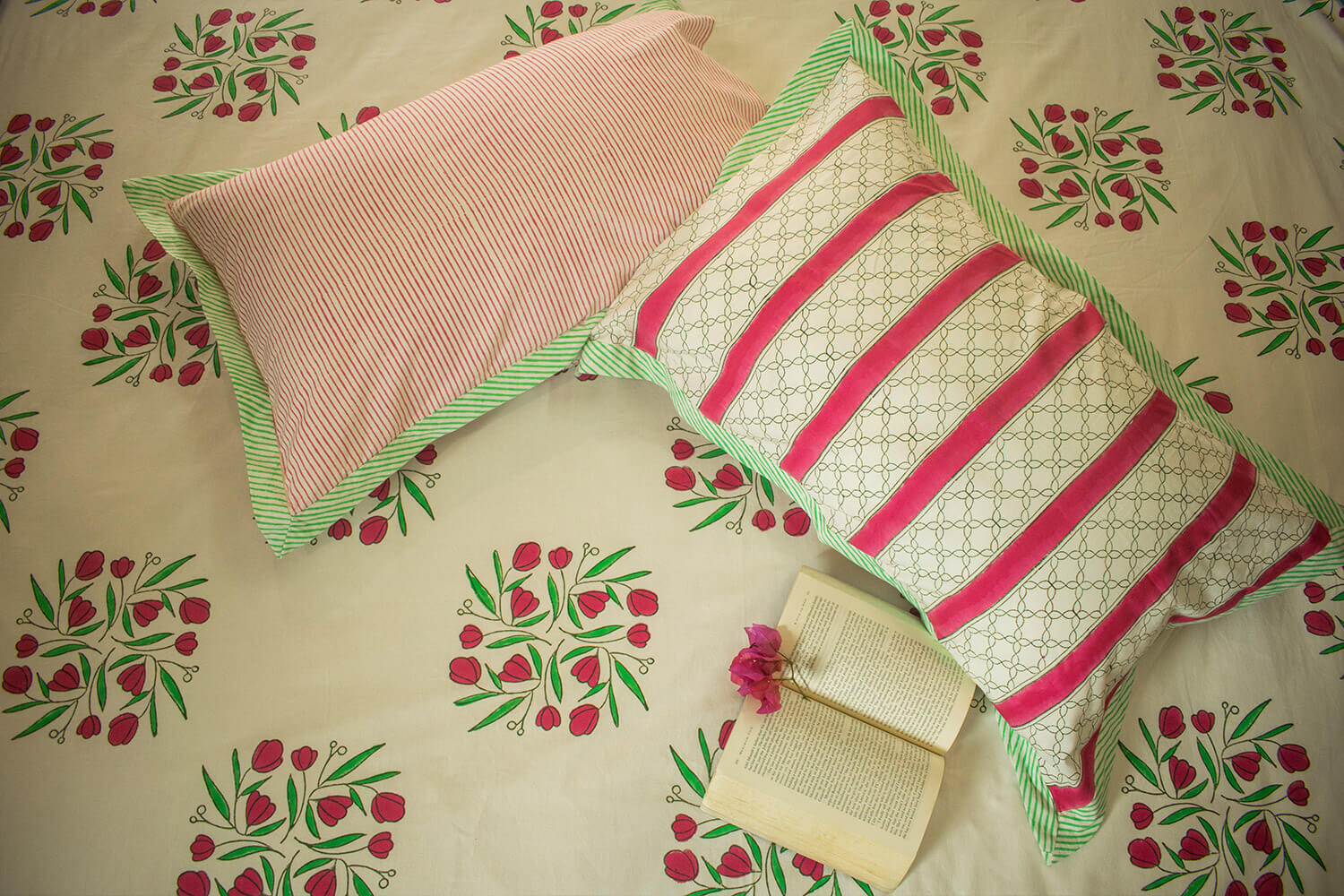

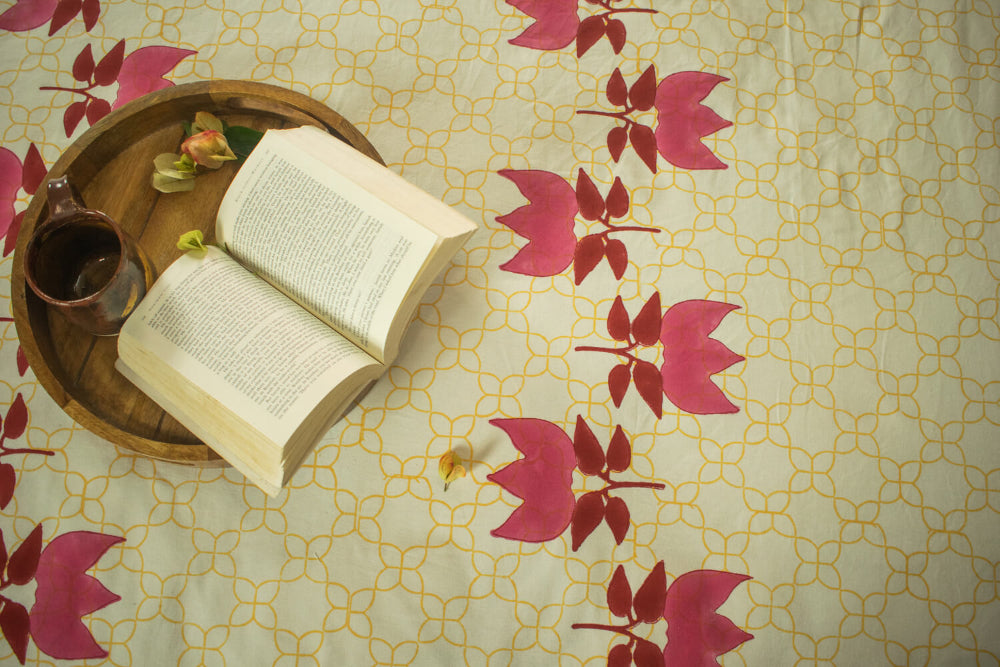
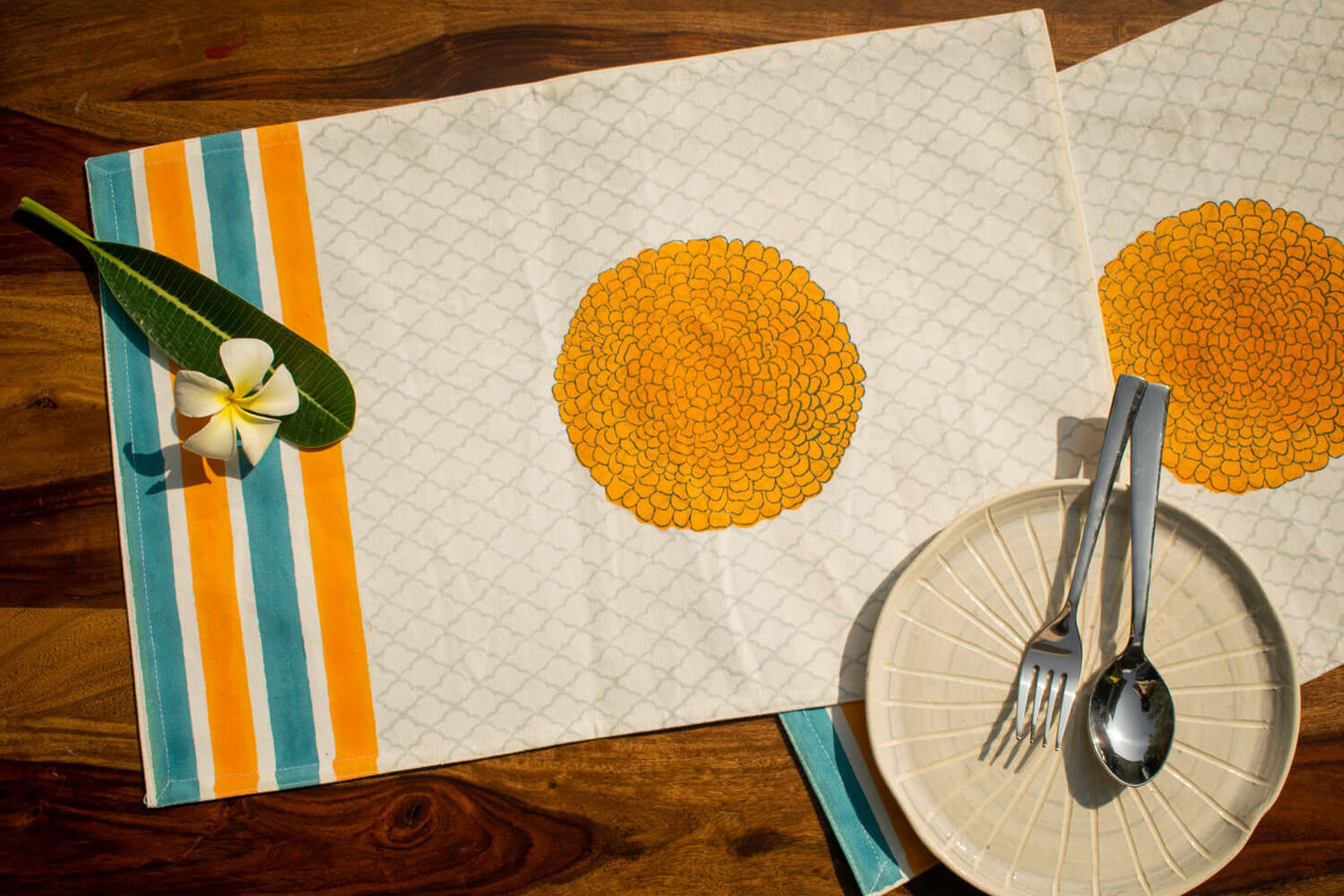
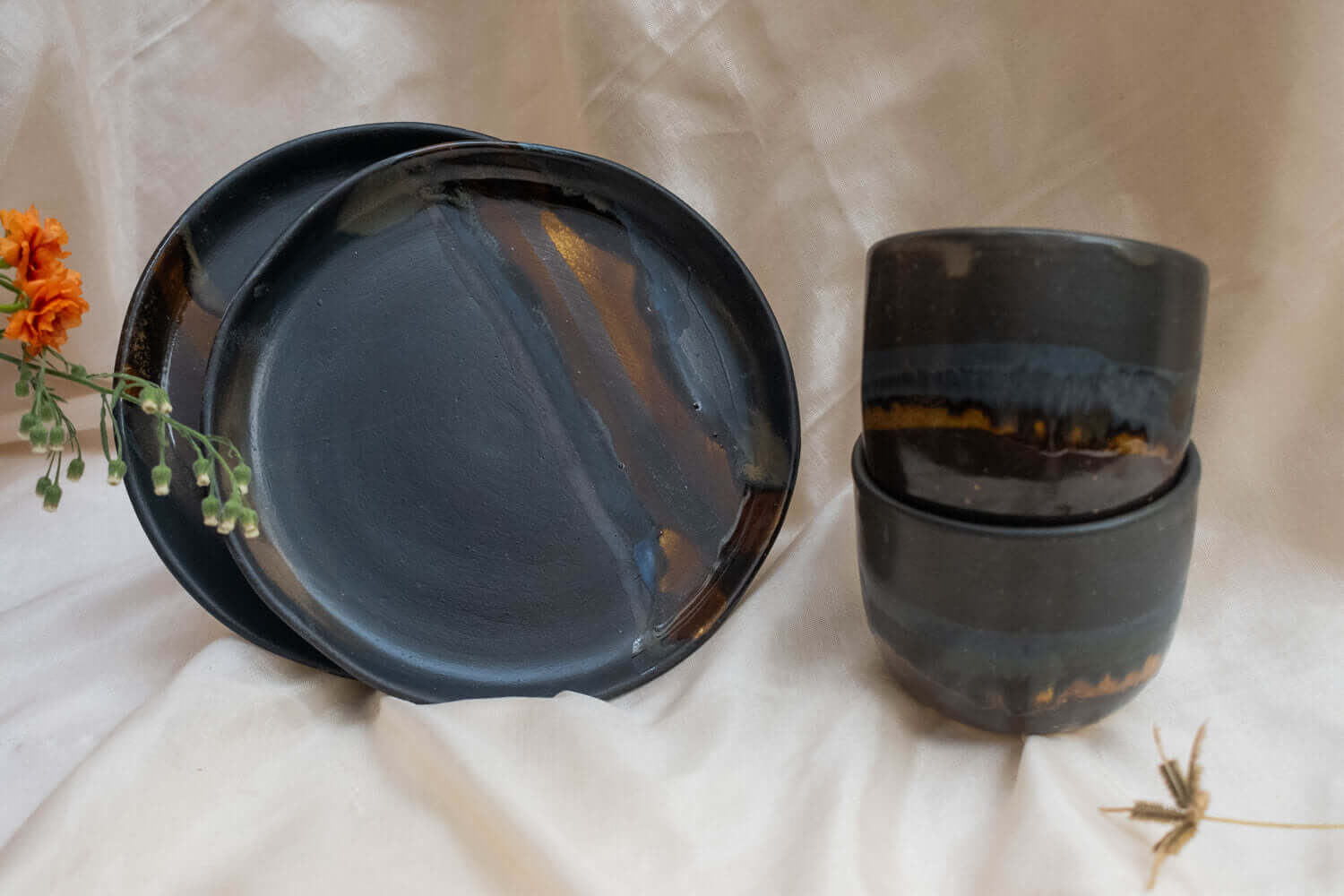
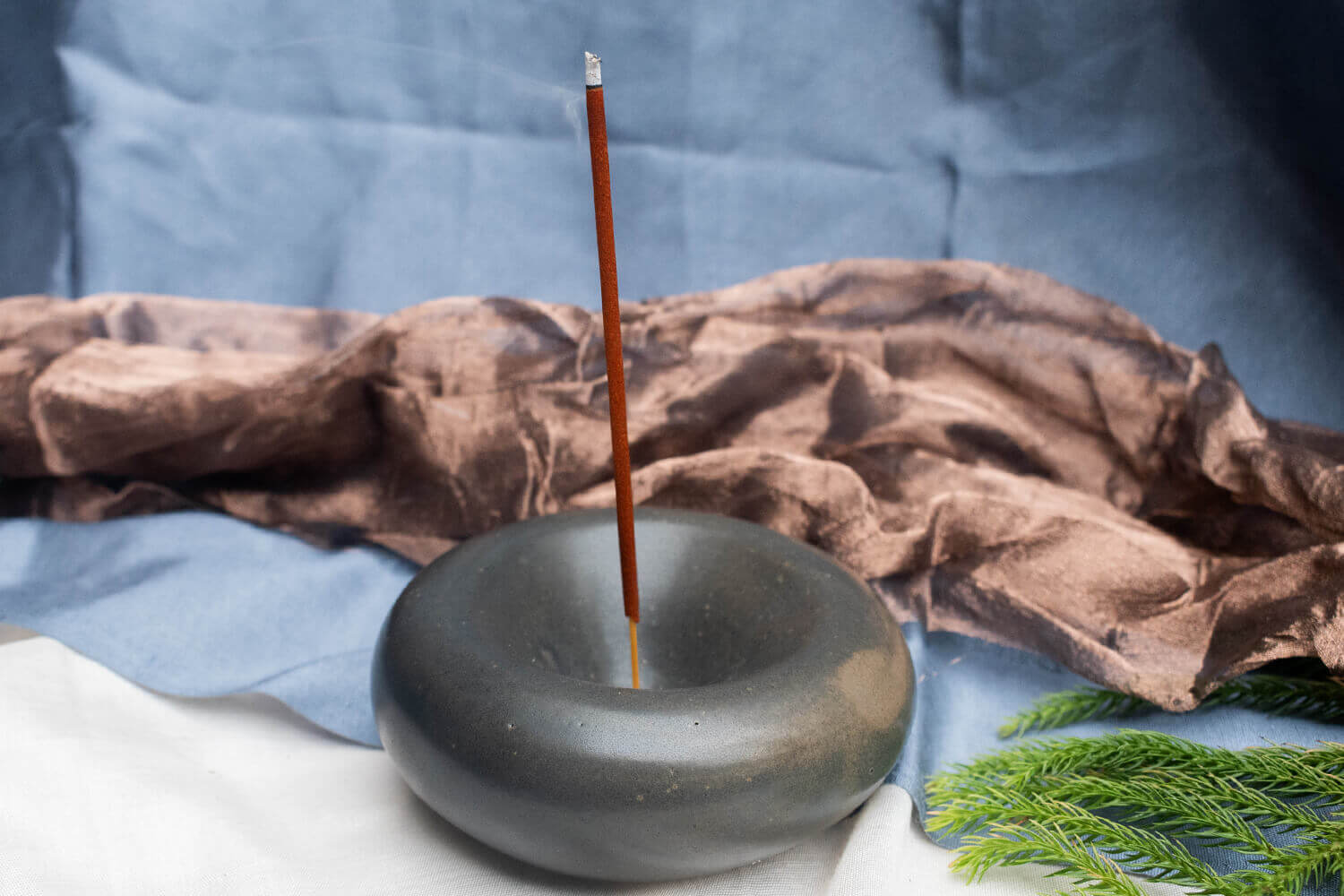
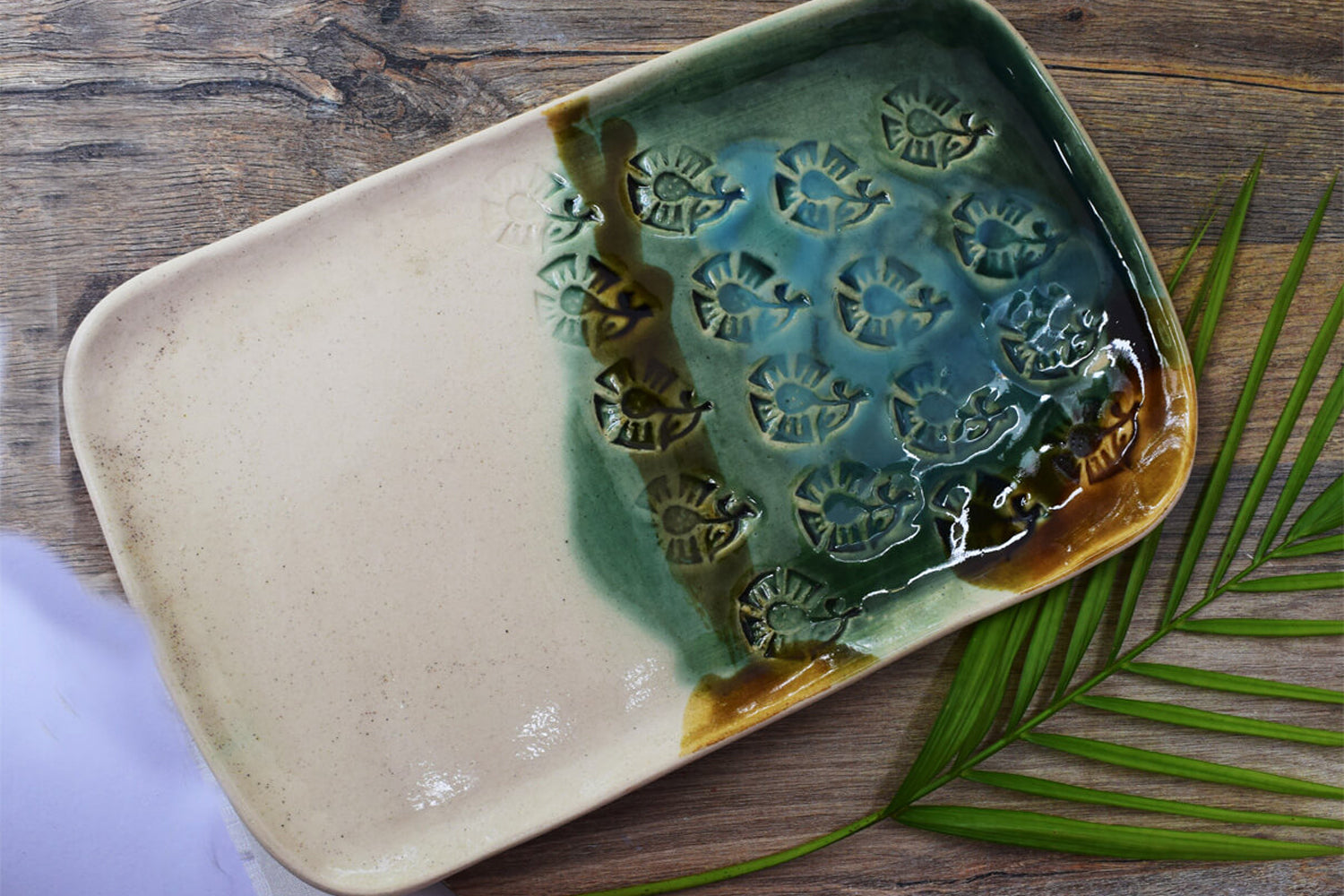

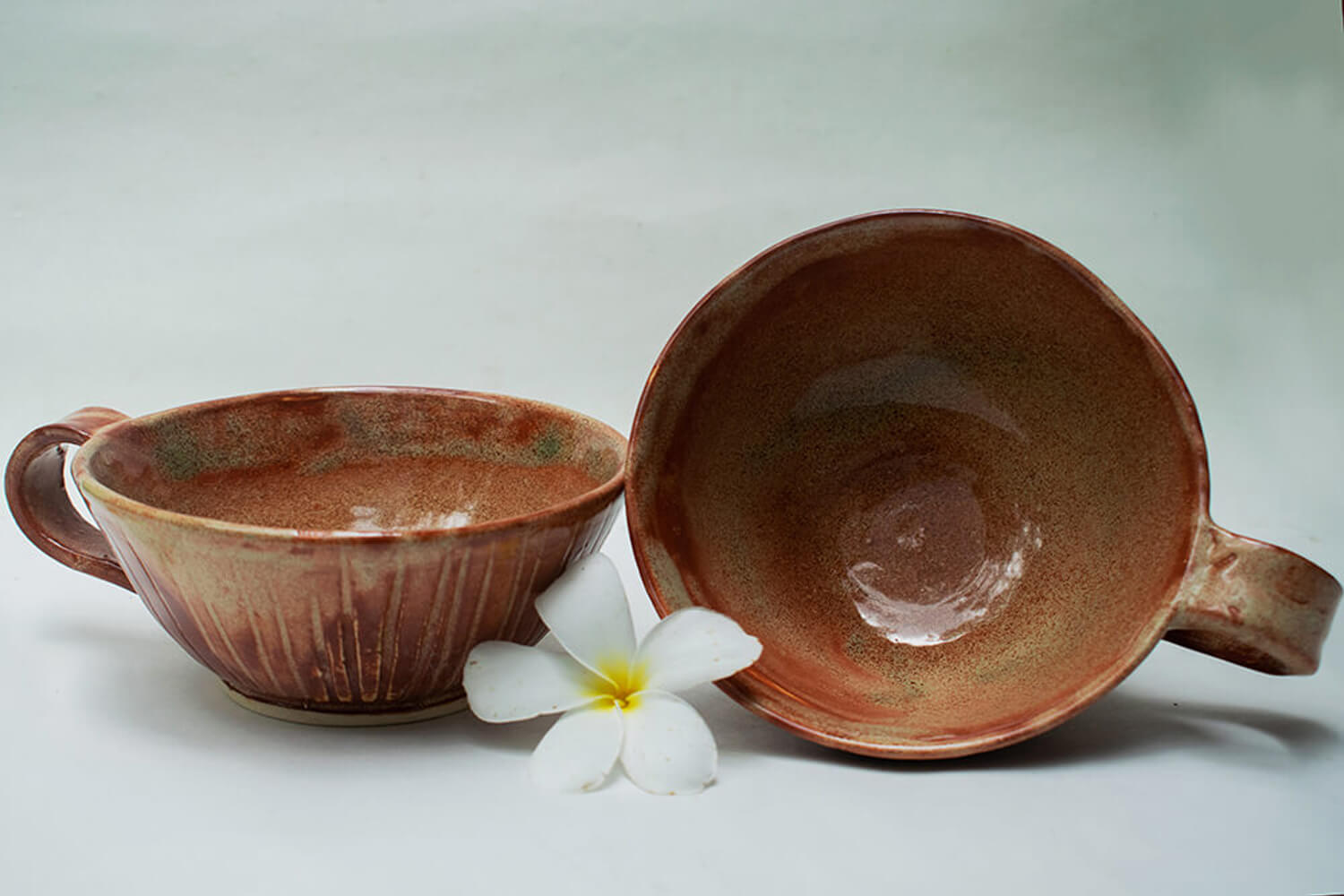
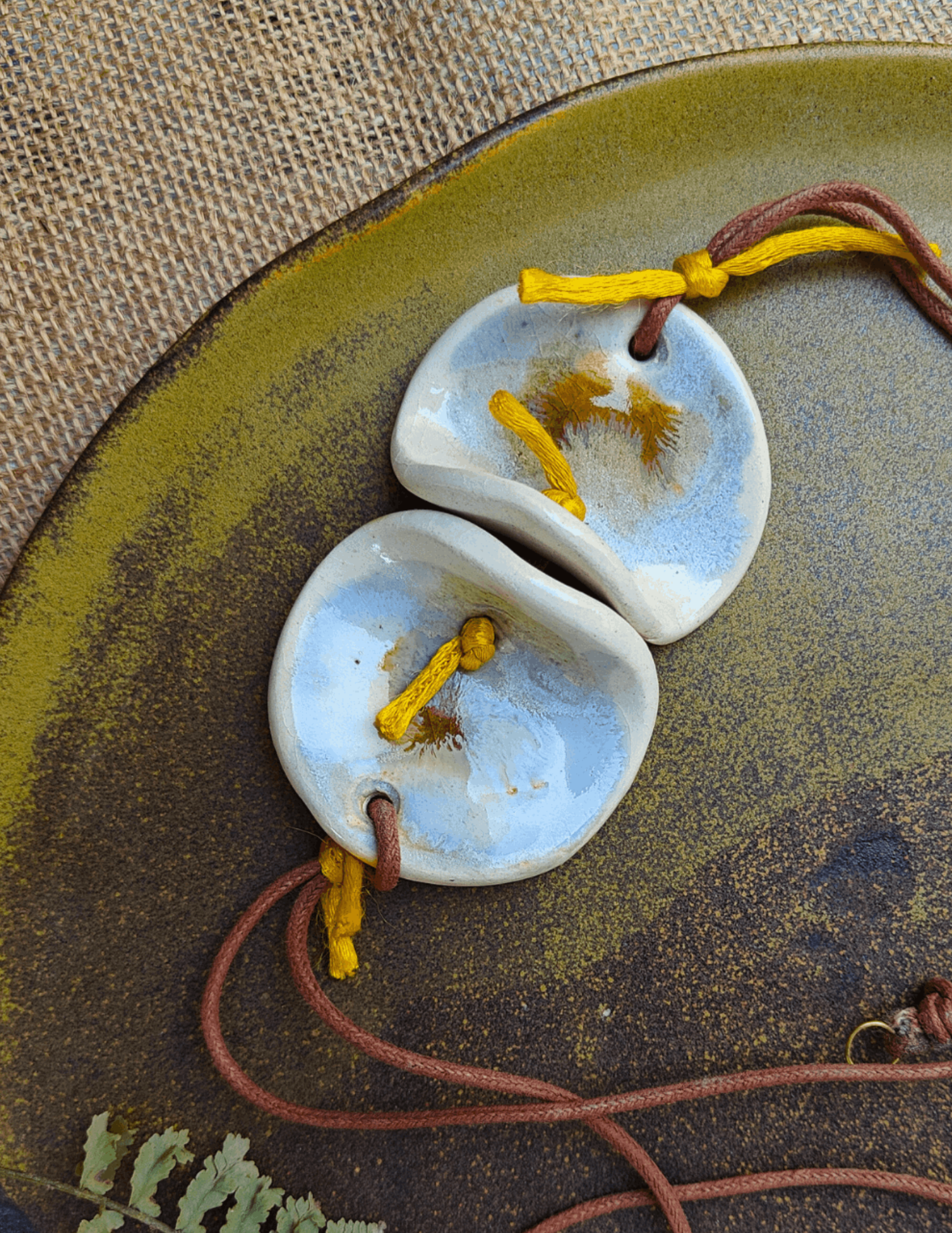
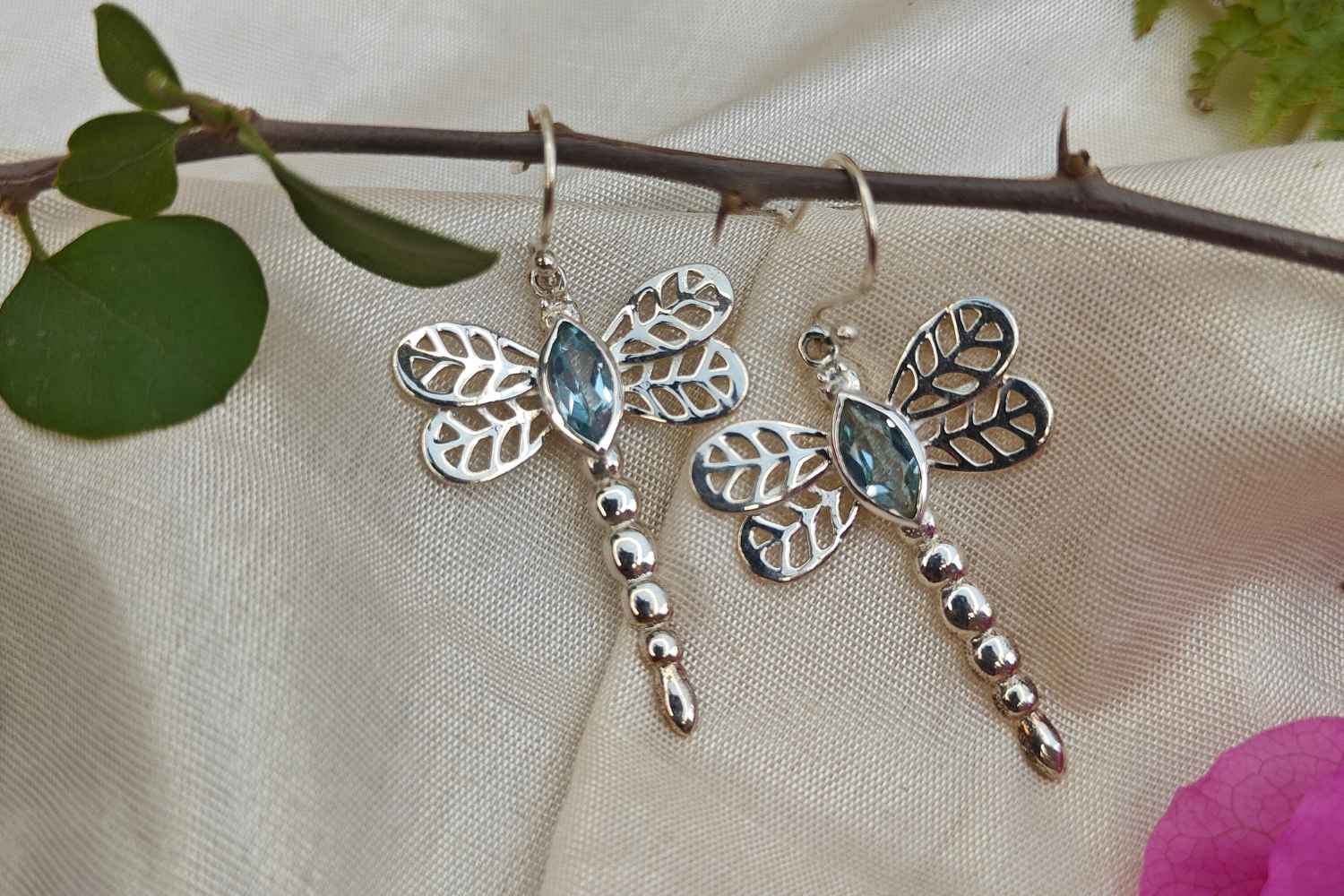
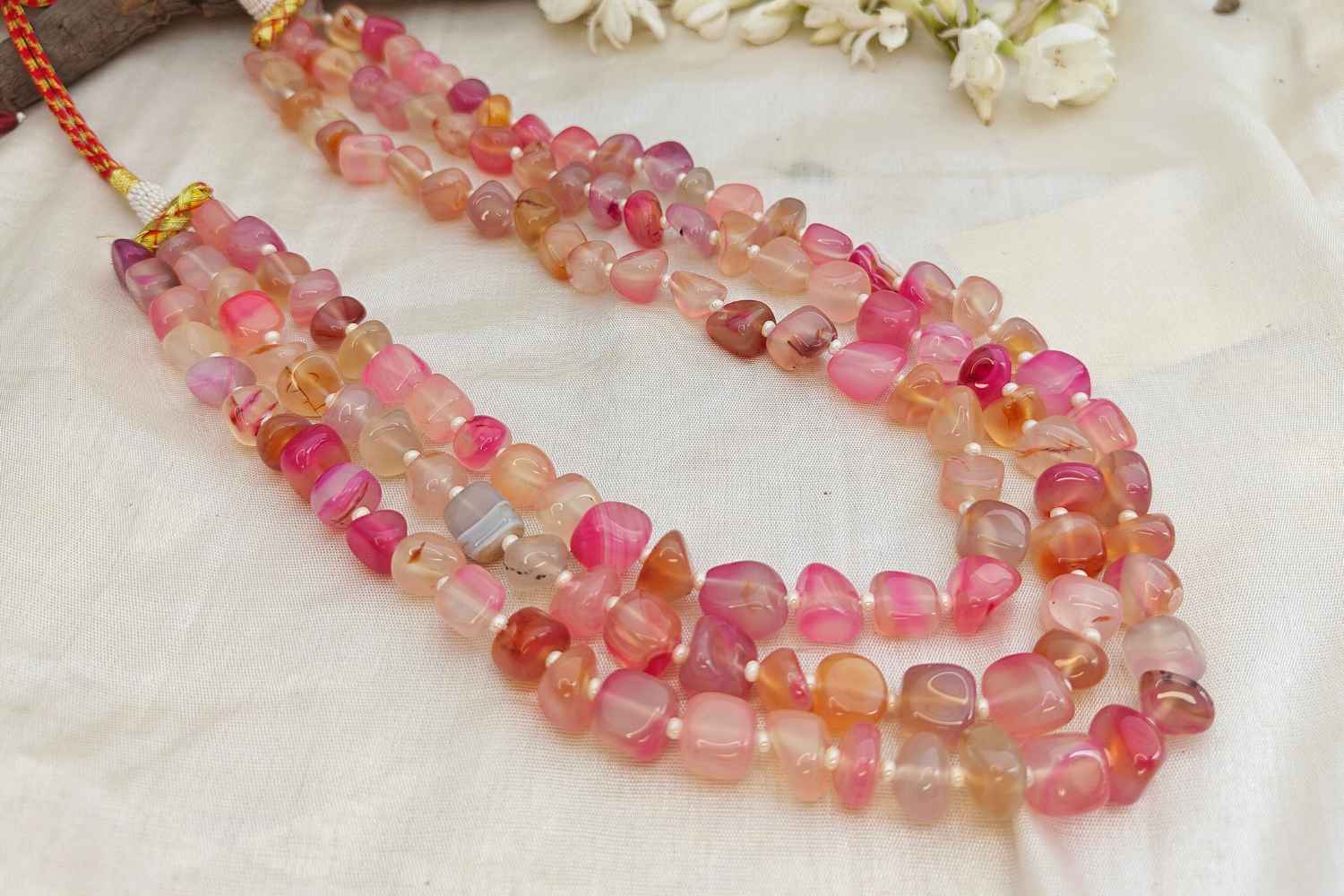
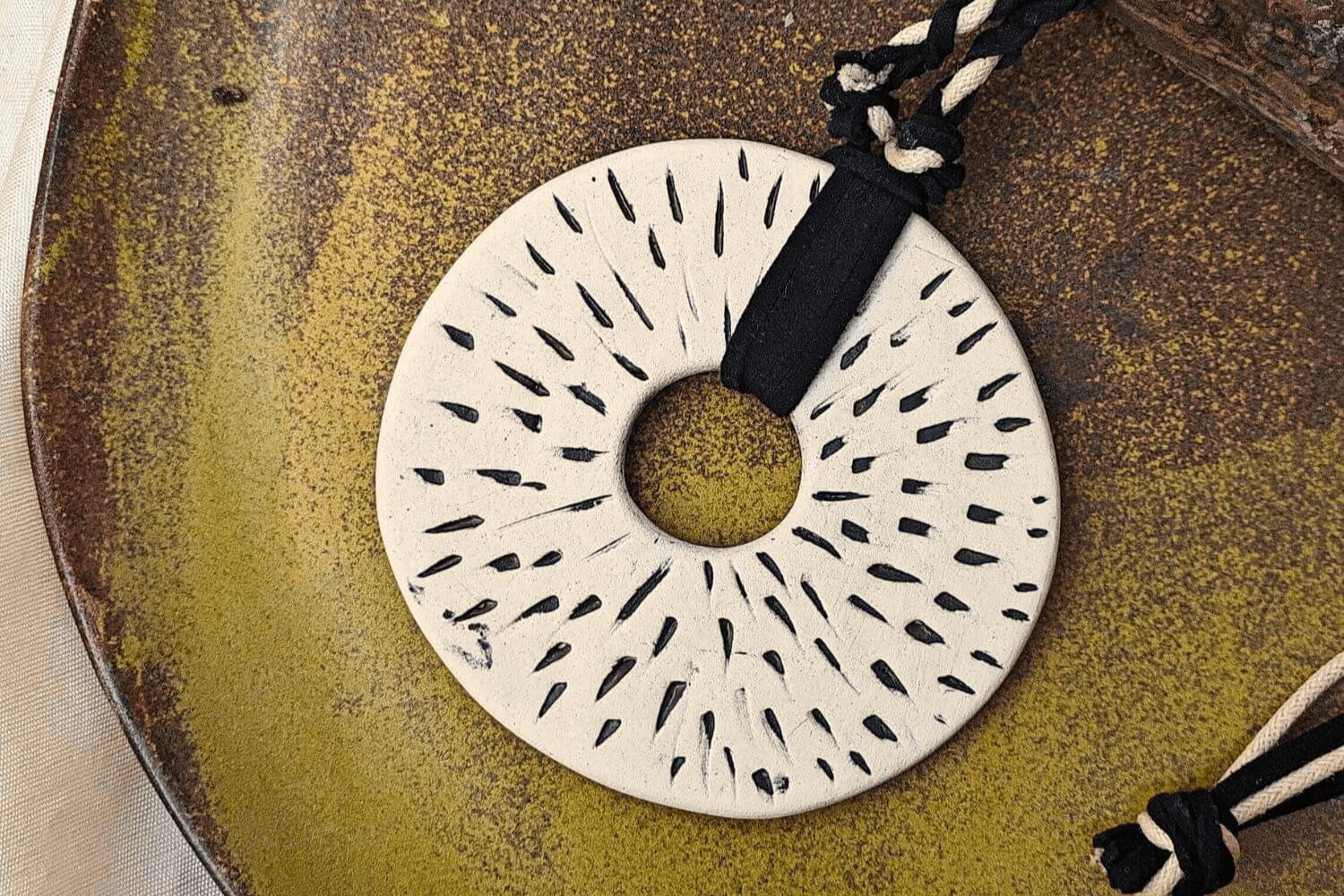


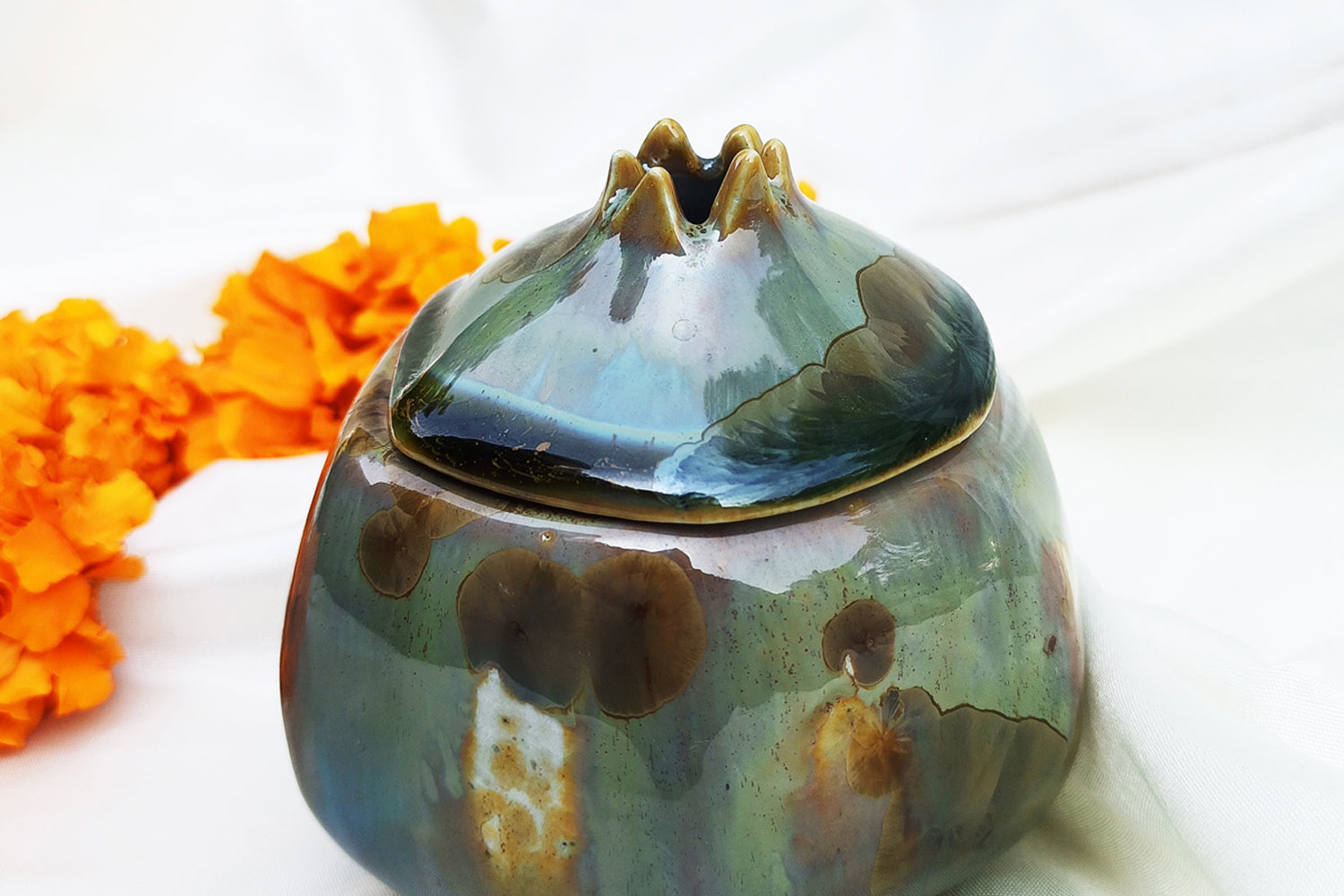
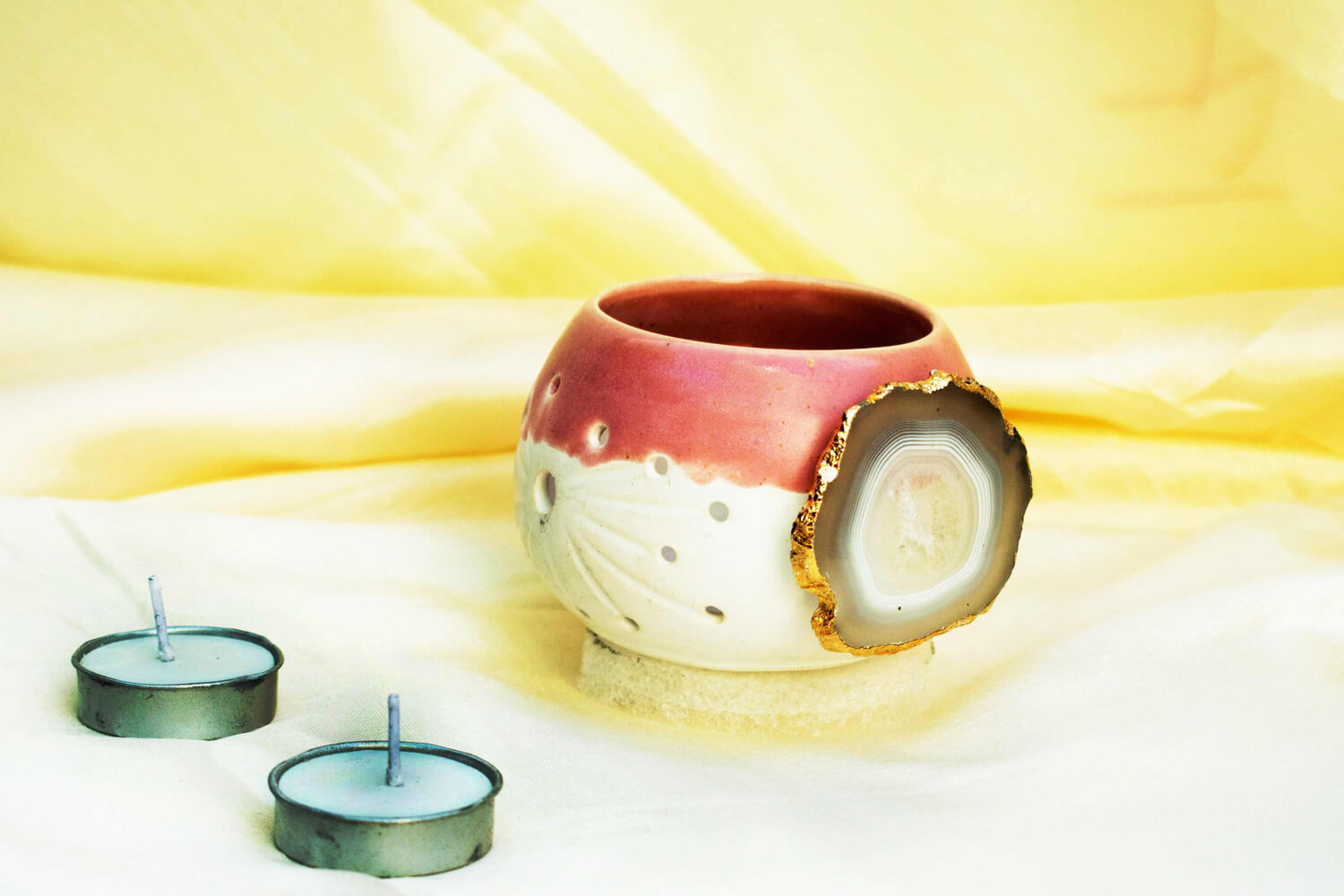

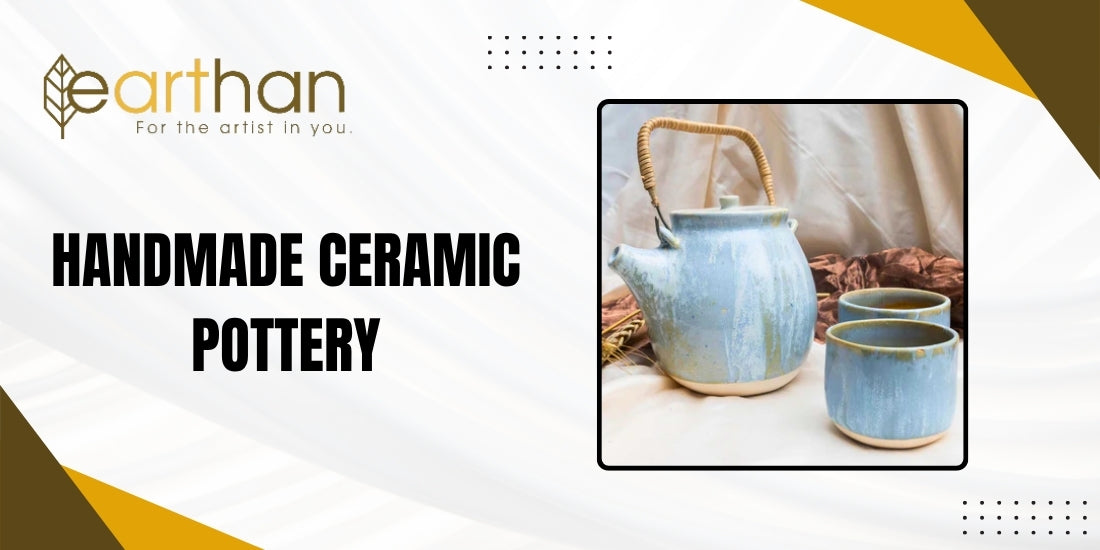
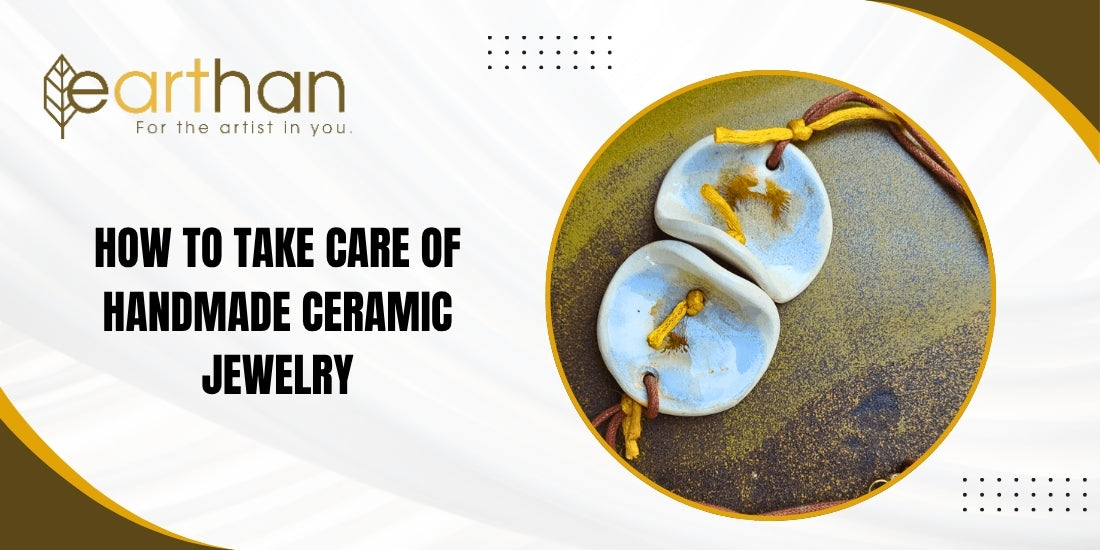

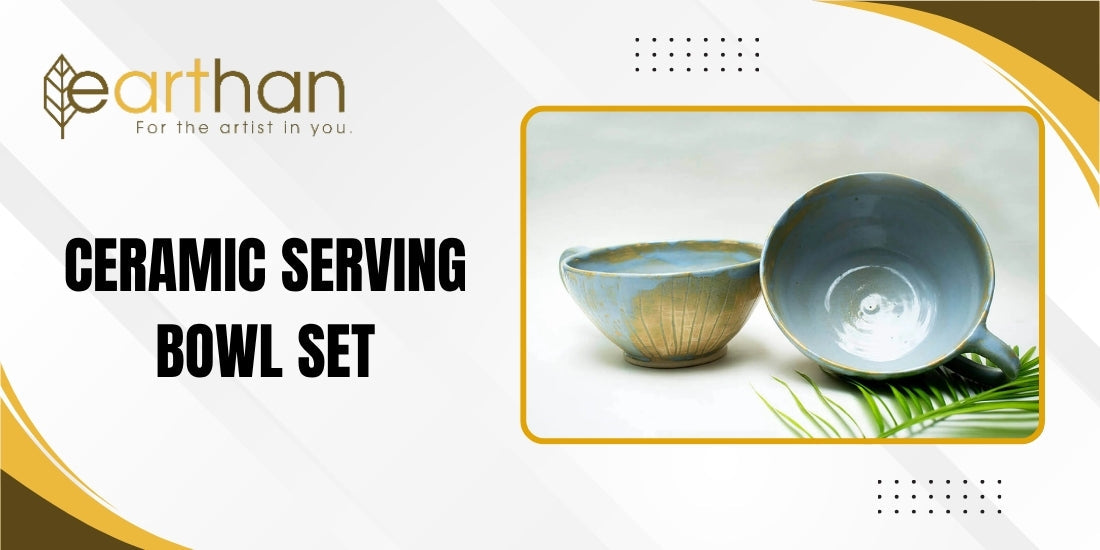




1 comment
“Transform your living space into a haven of sophistication and style with the timeless charm of Linen Block Print Fabrics. ”https://fabritual.com/“>Elevate your home decor to new heights by embracing the exquisite craftsmanship and unique design elements that these fabrics bring. From subtle elegance to bold statements, these linens offer a versatile canvas for expressing your personal taste. Dive into the world of elevated home aesthetics and let the artistry of Linen Block Print Fabrics redefine your living spaces. A touch of luxury, a dash of tradition – make your home a reflection of your refined taste with these exceptional fabrics.”